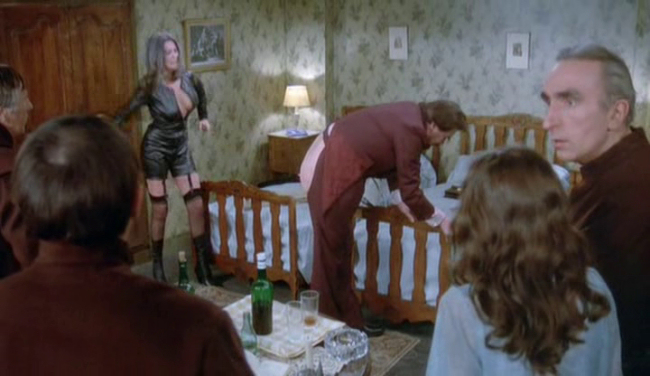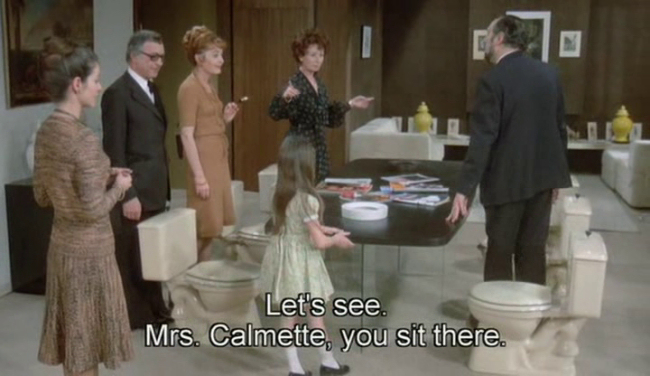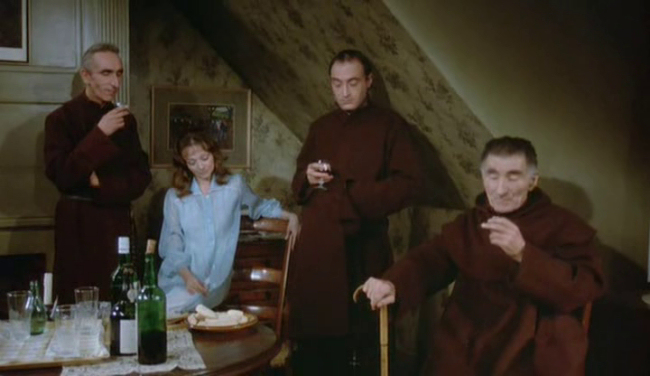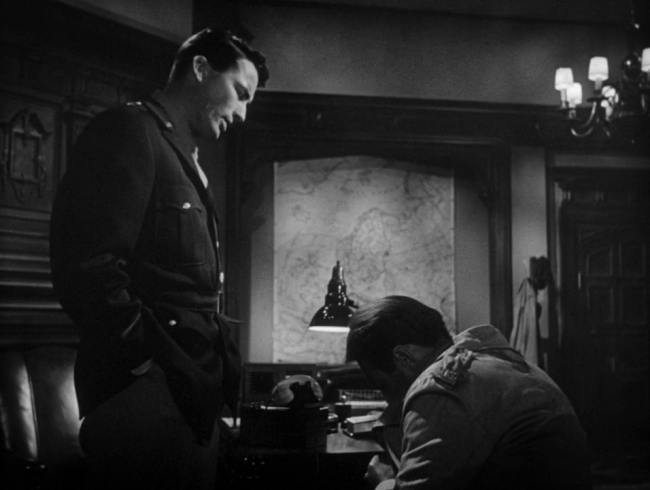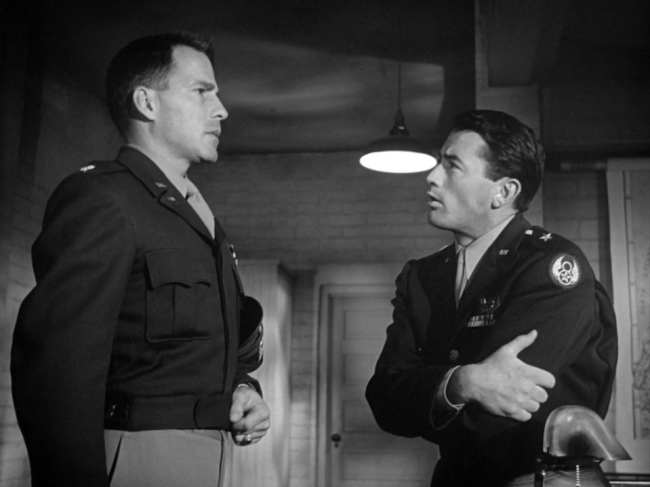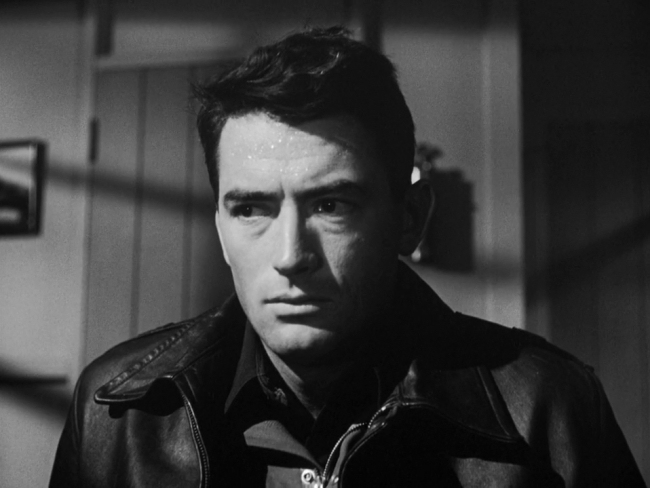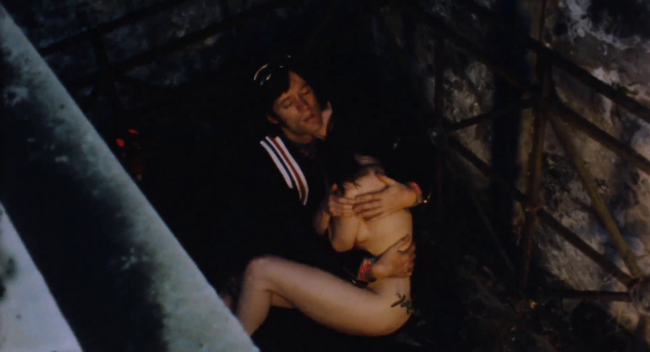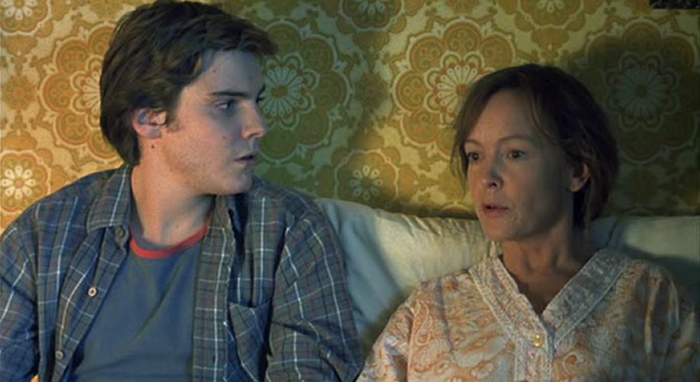
Re: Zero: Starting Life in Another World is like a long dream someone would have after staying up and playing Final Fantasy XIV and watching Neon Genesis Evangelion. Its plot is extraordinarily scattered and disconnected, filled with false starts, plot holes, and bizarrely extreme shifts in character. It lacks sufficient character building to support nearly everything that happens in the story between the characters. Yet I hesitate to call it a bad show. I guess I didn't like it but I didn't feel the way I normally do when I don't like a television show or movie. Normally a bad movie really annoys me, I don't like wasting my time. The implications behind the choices Re:Zero makes and the fact that it is very popular suggest fascinating things about the evolving nature of anime and its audience. The feeling I primarily had watching the show was pity.
I saw a YouTube comment for a new anime, I don't remember which anime, where someone pointed out it was similar to Neon Genesis Evangelion in some way. Someone replied to the comment by derisively referring to the person as an "anime master". And I suppose young anime fans must get sick of us older ones saying, "That's just like Evangelion". But the fact is, Evangelion's influence on anime remains profound, it almost seems like a religious obligation for a series to make some kind of nod to Evangelion at some point. Many young fans mistake it for a criticism to say one show or movie borrows something from an older one but this is simply how it's always been done. Artists always stand on the shoulders of the previous generation, are always creating art that reinterprets and digests the same themes and ideas from the artwork that inspired them to become artists in the first place. The creators of Re:Zero are not shy about acknowledging it--there are several conspicuous references to Evangelion, including a scene where Subaru, the male protagonist, wakes up in a strange bed and comments on the "unfamiliar ceiling" above him, a line directly from Evangelion.
Subaru wakes several times in this bed, it being his "save point" for his "return by death", this show's version of the Groundhog Day effect. When Subaru is killed, he wakes up at an earlier point in time and has a chance to do things differently. I mentioned in my last post about the show how much this effectively captured the experience of playing video games, the fact that Subaru's "save point" gradually moves up in time after completing tasks (and the fact that he calls it a save point) makes the video game inspiration even more clear.

At one point he wakes up and, just like Shinji in Evangelion, he finds Rei there waiting for him. Only in this series there are twin Reis with the similar names Rem and Ram. One has blue hair, like Rei, and one has pink hair. Of the harem of beautiful girls who inexplicably fall in love with Subaru, Rem has for some reason become the most popular which perhaps explains why the show comes to focus on her a great deal.
Like Rei, Rem initially seems emotionless and doll-like. Unlike Rei, she tries to kill the male protagonist at one point (though Rei could be pretty threatening, too). After this she becomes gratuitously infatuated with Subaru.

At least two female characters end up being thoroughly devoted to Subaru. Why? Who is Subaru? It's remarkable how little we learn about him. Unlike Shinji, we learn nothing about his parents, we don't know his relationship with them, we don't know if Subaru has or has had a job, how he's done in school, where he's lived before being transported to this world, whether he had an apartment or lived with his parents or someone else. At one point he reflects back to his life before coming to the other world and the show, absurdly, can only flash back to the first couple scenes when he's in a convenience store.
He expresses a lot of hatred for his own laziness and inability to measure up as a man, like Shinji, though in Subaru's case this isn't really supported by the events. Throughout the show, he always tries really hard to save the girl or kill the whale or do whatever it is he needs to do. He eventually fights some kind of priest wizards who refer to themselves by the names of sins, most notably one who is apparently Subaru's nemesis, Sloth. So maybe the idea is that Subaru's personality traits are externalised and the fights he engages in with them are a metaphor for an internal struggle. Thematically, this has the effect of rendering the struggle meaningless, and yet I can see how a young man who's continually told he's lazy might interpret the fight in this way if he doesn't understand how he's lazy. If he's unable to face his addiction to MMORPGs, for example, then he can only interpret a battle with sloth as something vague and impersonal.

One of the plot threads left dangling at the end of the series is the question as to why Subaru was given his return by death ability--we learn a powerful witch gave it to him but we never learn why or, for that matter, why he was transported to the world in the first place. He's not able to tell anyone about his return by death--when he does, ghostly hands grab his heart and threaten his life. In Groundhog Day, Bill Murray's character is able to tell people that he's repeating the same day over and over but of course no-one believes him, so the story can maintain his emotional isolation. In the world of Re:Zero, where magic exists, if Subaru could tell Emilia or Rem about his return by death, there's a fair chance he'd be believed, thereby alleviating some of his isolation. The makers of Re:Zero felt it was important to maintain this isolation and it becomes easy to see why this would lead to a story that resonates with an otaku.
At one point, Subaru is slobbering and crying about how much Rem means to him and she has no idea what he's talking about, why he'd have this emotional attachment to her. It's because he's experiences several traumatic days with her which she can't remember. This is a nice mirror for the otaku who is obsessed with a particular anime character or idol. All the feelings are one sided--she means the world to him but she, at best, barely knows him. In most cases, she's not even aware of the same reality which he inhabits.
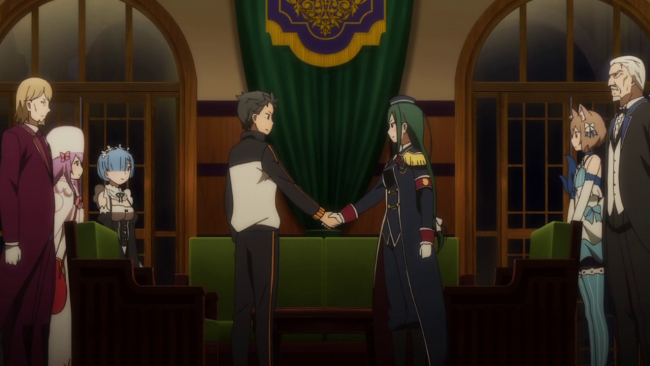
Sadomasochism is becoming increasingly prevalent in mainstream anime. Prison School is about as unabashed as it gets, featuring a high school where masochist boys are disciplined by a beautiful dominatrix faculty. Re:Zero is filled with scenes of Subaru being beaten by women, generally women he's attracted to. One woman even asks him to lick her foot and, when he tries to, she kicks him and insults him. The first time he's beaten by a male character, it's part of a humiliation in the eyes of Emilia who punishes him for trying to serve his own pride under the guise of helping her. This is part of a plot where several female candidates, including Emilia, are vying for a position as queen of the realm, a plot that's never resolved.
One of the other candidates, Crusch, helps Subaru at one point because he leads her to Moby Dick--called "the White Whale"--another new plot that comes out of nowhere but, unlike most of the others, is actually resolved, at which point Crusch inexplicably vanishes from the story though all her servants follow Subaru to Emilia's territory. They had agreed to fight the wizards threatening the area in exchange for Subaru showing them the location of the whale. One of their primary tasks is to evacuate the village, which is about an eighth the size of the mansion where Emilia lives.

When Subaru firsts wakes up at the mansion, he wants to be repaid for helping them in the first story arc by being given a job as a butler, which made me think the show was making a reference to Hayate no Gotoku. A parody series about a young man who becomes a "combat butler" for a pretty girl, the show is largely set in the girl's mansion which is ridiculously large, something that's obviously played for laughs when an exterior shot reveals it occupies a significant portion of Tokyo. The mansion where Emilia lives is about the same size but it's played straight. What is an unwalled, opulent manor doing in the middle of a mediaeval world, apparently presiding over a small village where everyone seems to be cool with living in comparatively meagre conditions? Well, the show isn't exactly strong on world building, much like it's not strong on character building. The interesting thing is how readily audiences accept this.

The mansion doesn't need an explanation because people have already seen mansions like it explained in other anime. Subaru doesn't need character development because other similar characters have already been developed in other anime. All this leads to a hazy, dreamlike show where girls sexually punish Subaru and then have expressive, rapturous, inexplicable affection. One episode has Rem really laying it on thick, talking about how much she adores Subaru, how much she admires him. She mentions again and again how amazing she thinks he is. Why does she feel this way? Because it's what the lonely, self-hating viewer needs her to feel and because we know so little about Subaru he's effectively as blank as a video game character, a cursor for the viewer to use as a proxy.
The final episode of the series is called "That's All This Story is About", which sounded to me like another way of saying, "We meant to do that." Given the abundance of meandering storylines and pointless threads, I'm not so sure about that. But the careful stroking of ego certainly seems quite intentional. In the end, there's a sad irony in its emulation of Evangelion. End of Evangelion in particular criticised the otaku who demands childlike, simple-minded beautiful women who only seem capable of adoration. Maybe Hideaki Anno didn't foresee how anime would turn this criticism into a ritualised masochism that the protagonist must pass in levels before achieving those same love dolls anyway.








